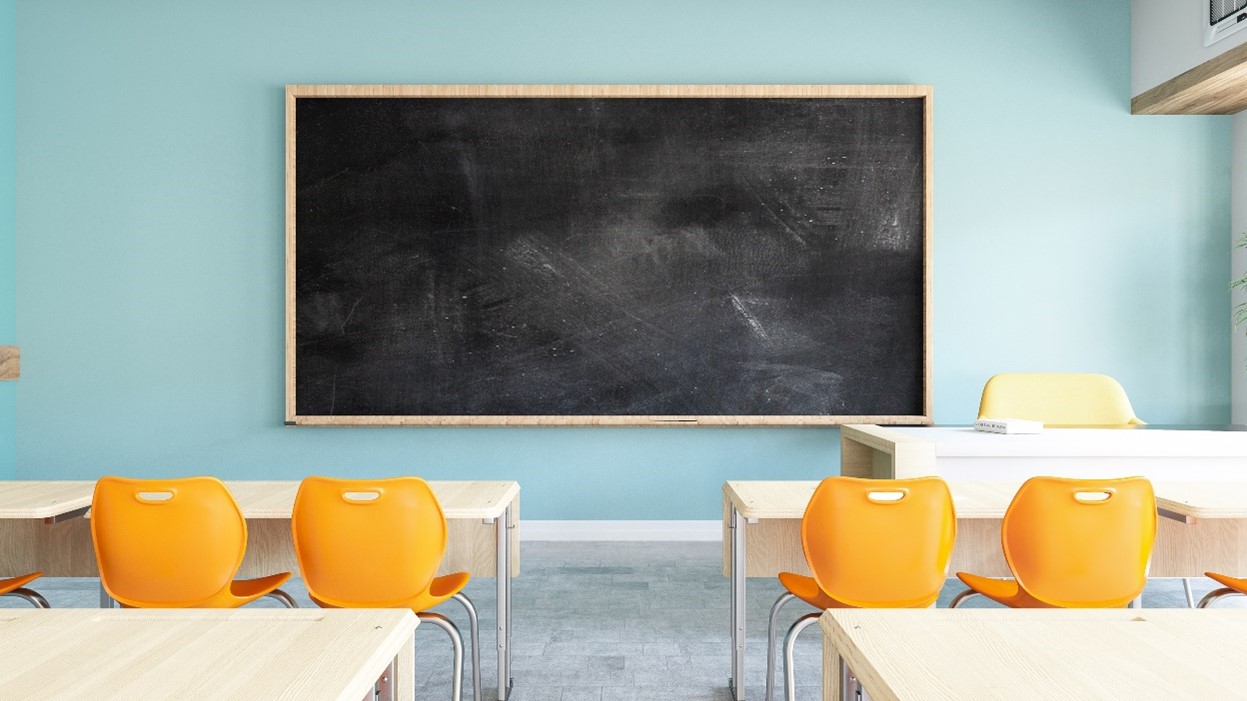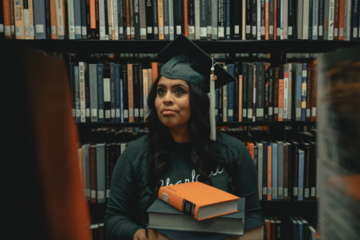
Assessing student learning in history education is a complex and vital task. Effective assessment strategies not only measure student knowledge but also encourage critical thinking, analysis, and a deeper understanding of historical events and their relevance. This article from educator Chris M. Hardin of Ohio explores various effective assessment strategies that can be employed in high school history classes to enhance learning outcomes and foster a deeper appreciation of history.
Christopher M. Hardin on Understanding the Purpose of Assessment in History
Before delving into specific strategies, it’s essential to understand the goals of assessment in history education. The primary purpose is to evaluate students’ understanding of historical concepts, their ability to analyze and interpret historical data, and their skill in articulating their understanding. However, assessment should also aim to inspire a deeper engagement with the subject matter and promote skills like critical thinking and effective communication.
1. Essays and Written Assignments
Essays are a traditional but effective way to assess students’ understanding and their ability to articulate it. They allow students to express their ideas and arguments in a structured format and demonstrate their ability to analyze and synthesize historical information. Christopher M. Hardin suggests to make essay assessments more effective:
- Provide clear, specific prompts
- Encourage the use of primary and secondary sources
- Offer guidelines on structure, argument development, and citation
2. Source Analysis Exercises
Primary and secondary source analysis is fundamental in history education. Assessments that require students to analyze documents, images, or artifacts can help develop critical thinking and interpretive skills. Chris M. Hardin of Ohio notes these exercises can be structured to assess students’ ability to:
- Understand context and perspective
- Identify bias and point of view
- Correlate sources with historical events
3. Oral Presentations
Oral presentations can be an effective way to assess students’ understanding and their ability to communicate historical knowledge. This approach also helps in developing public speaking skills. Presentations can vary from individual reports to group presentations, and can include:
- Analysis of a historical event
- Presentation of a research project
- Debate on a historical issue
4. Quizzes and Tests
Regular quizzes and tests are important for gauging students’ retention of factual historical knowledge. However, to make them more effective, Chris M. Hardin of Ohio notes they should:
- Include a variety of question types (multiple-choice, short answer, essay)
- Be structured to test understanding rather than just memorization
- Be used in combination with other types of assessments
5. Project-Based Assessments
Project-based assessments encourage students to engage deeply with a topic. Projects can include:
- Creating a documentary or podcast on a historical event
- Designing a museum exhibit
- Writing a historical fiction based on a specific time period
6. Peer and Self-Assessment
Incorporating peer and self-assessment can help students develop a reflective approach to learning. This method encourages students to:
- Evaluate their own work and learning process
- Provide constructive feedback to peers
- Reflect on their progress and identify areas for improvement
7. Simulation and Role-Play
Simulations and role-playing activities are dynamic ways to assess students’ understanding of historical events and figures. Chris M. Hardin of Ohio notes these activities require students to:
- Embody a historical figure or group
- Understand diverse perspectives
- Engage in problem-solving and decision-making
8. Portfolios
A portfolio assessment is a valuable tool for educators to evaluate a student’s development over a period of time. This assessment involves collecting and compiling a comprehensive range of a student’s work, including essays, written assignments, source analyses, project work, and reflections on learning.
Portfolios can be used to provide a detailed view of a student’s strengths and weaknesses, their learning progress, and their approach to learning. They allow educators to see how a student’s skills and knowledge have developed throughout the course of their education.
Essentially, portfolios serve as a record of a student’s learning journey, providing evidence of their growth and development as they move through their academic career. They also provide an opportunity for students to reflect on their own learning, identify areas for improvement, and set goals for future learning. Overall, portfolio assessments are a powerful tool for promoting and tracking student achievement.
In the field of history education, assessment plays a crucial role in evaluating students’ knowledge and understanding of the subject. However, assessment doesn’t have to be limited to testing memorization and recall of historical facts and dates. Instead, it should be diverse and multifaceted, focused on deepening students’ engagement and comprehension of history. By utilizing a range of assessment strategies, educators can provide their students with various opportunities to showcase their learning, cater to diverse learning styles, and encourage a more comprehensive understanding of history.
The use of multiple assessment strategies, such as essays, projects, quizzes, and discussions, can enable students to demonstrate their understanding of historical events and concepts in different ways. This approach will help to identify students’ strengths and weaknesses, allowing educators to provide more targeted support to those who need it. Additionally, Chris M. Hardin of Ohio believes it will promote a deeper level of engagement with history, as students will be encouraged to think critically and creatively about the subject.


